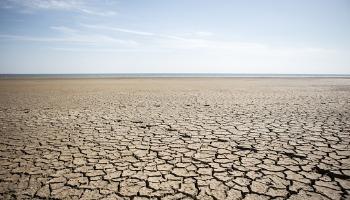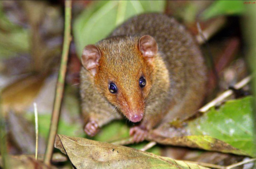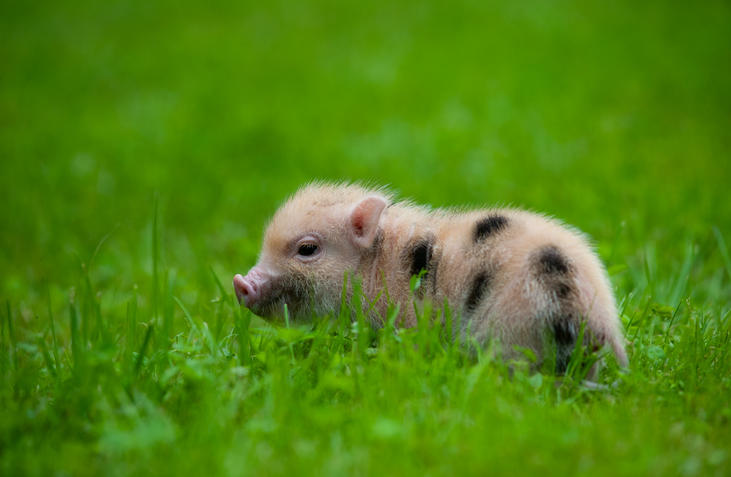New microbes discovered in electronic waste, people and a mini pig
Posted on November 19, 2020 by Laura Cox
Each month, the Microbiology Society publishes the International Journal of Systematic and Evolutionary Microbiology (IJSEM), which details newly discovered species of bacteria, fungi and protists. Here are some of the new species that have been discovered and the places they’ve been found.

Micro-organisms resistant to ultraviolet (UV) radiation can improve our understanding of how to protect against sun damage and even be used to make space travel safer. Searching for microbes in some of the harshest environments on Earth is key to understanding their evolution and survival mechanisms. This month, researchers went looking for microbes in the Taklimakan Desert in northwest China. Here, they discovered a highly UV-resistant bacterium which they named Radiobacillus deserti.
A team of researchers based in Canada and the US discovered a new, rod-shaped bacterium from clinical samples. The new bacterium, which they named Pseudoxanthomonas winnipegensis is one of the only species of the genus which has been identified as medically relevant. P. winnipegensis was found on swabs taken from the throat, ear and sinuses of ten patients over seven years, five of whom had cystic fibrosis. This was not the only new micro-organism found in human samples this month. Staphylococcus borealis, a yellow-coloured bacterium was found in skin swabs taken from healthy volunteers in Tromsø, Norway.
Many new microbes have been discovered in aquatic environments this month. Researchers found Tabrizicola oligotrophica and Rhodobacter tardus in a freshwater stream and a ditch in Taiwan. These bacteria both produce white colonies when cultured in the lab and are able to survive in low-nutrient conditions. Elsewhere in Taiwan, Pseudopontixanthobacter vadosimaris was collected from surface seawater. P. vadosimaris forms bright red colonies and was collected by scuba divers exploring the shallow-sea hydrothermal vent system near Gueishan Island.

Short-tailed opossums are small marsupials usually seen in Argentina, Bolivia, Brazil and Paraguay. To investigate an emerging gastrointestinal health issue in laboratory opossums, researchers from Texas A&M University assessed the microbes present in the opossums’ intestines. They found two never before seen species of Helicobacter: Helicobacter monodelphidis and Helicobacter didelphidarum.
Microalgae and other micro-organisms often coexist in microbial communities called phycospheres. These communities are often extremely complex and the relationships between these microbes can be mutually beneficial, parasitic or commensal. Researchers in South Korea discovered Tabrizicola algicola, a rod-shaped bacterium, in a culture of the microalgae Ettlia.
A new species of bacteria capable of degrading electrical waste was discovered this month. Pseudomonas lalkuanensis was found as part of a microbial ecosystem specially adapted to break down e-waste. This bacterium is able to use granules of e-waste as a source of carbon and was isolated from soil collected in India.
And finally, a small microbe was discovered this month in a small pig. Researchers based in South Korea isolated a rod-shaped bacterium which they named Lentilactobacillus kribbianus, from samples of a mini-pig’s small intestine during a study of the intestinal microbiota of these petite pigs.


